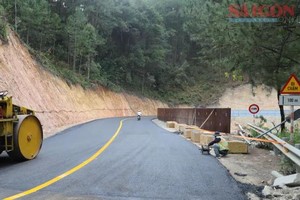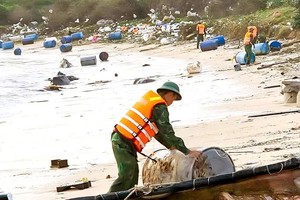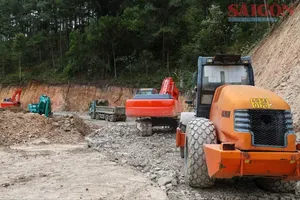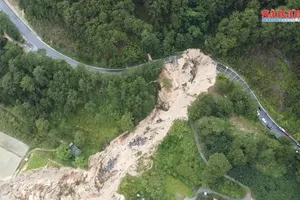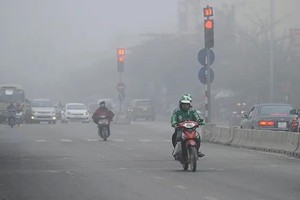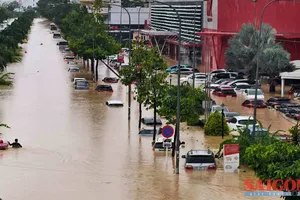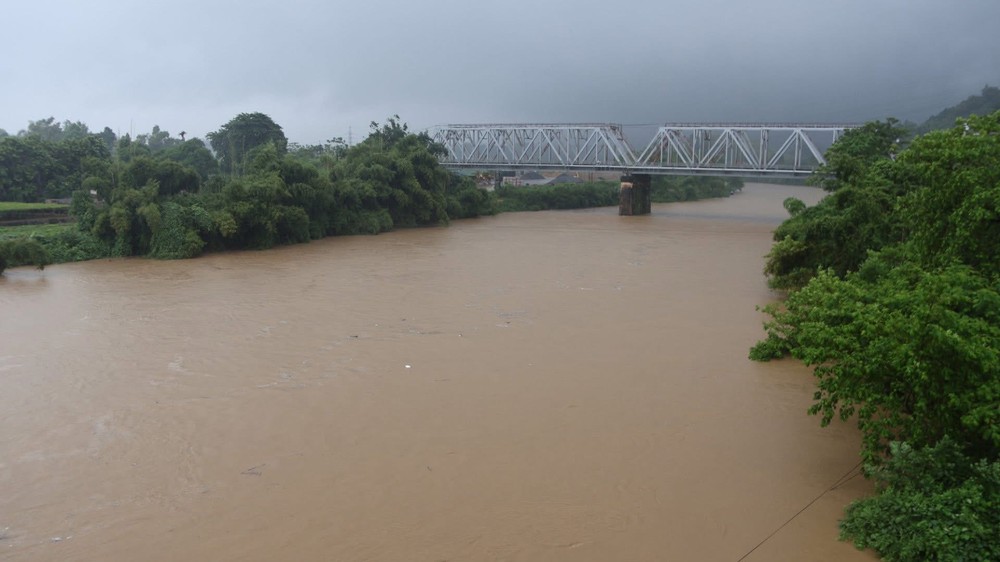
In Lao Cai Ward of Lao Cai Province —the headwaters of the Red River — water levels began to climb quickly during the night of August 26 into the early hours of August 27, though not yet at an alarming level. However, as widespread heavy rains persisted overnight, many residents in Lao Cai Province grew increasingly anxious. Particularly in Yen Bai Ward (Lao Cai Province), floodwaters from the upper Red River surged downstream into an area without protective dikes, raising serious concerns.
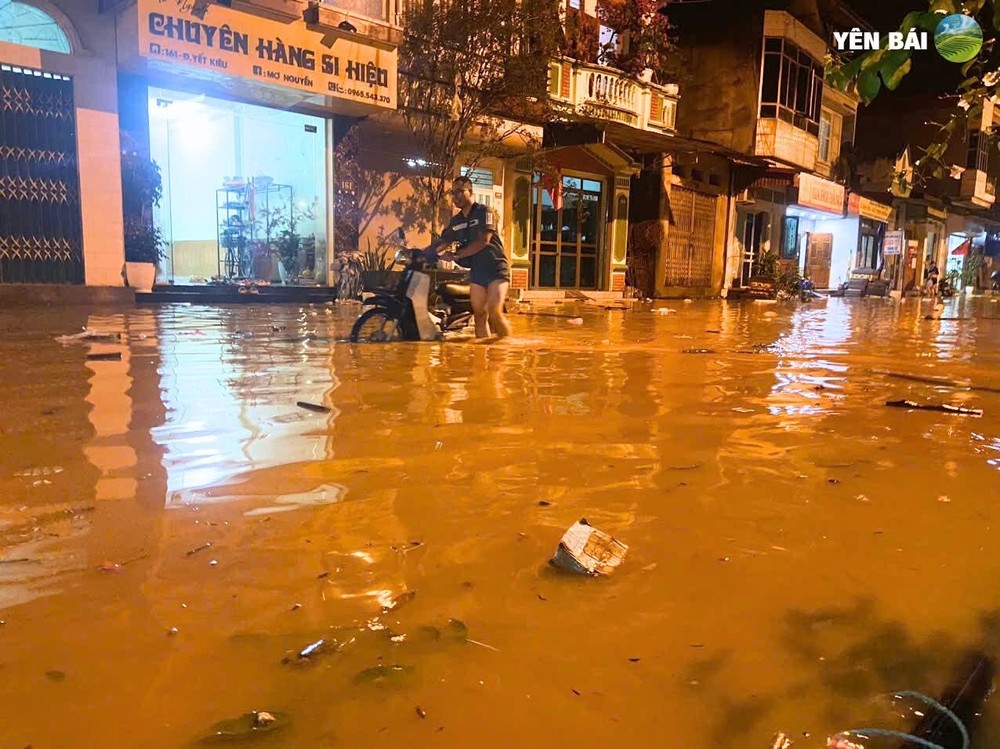
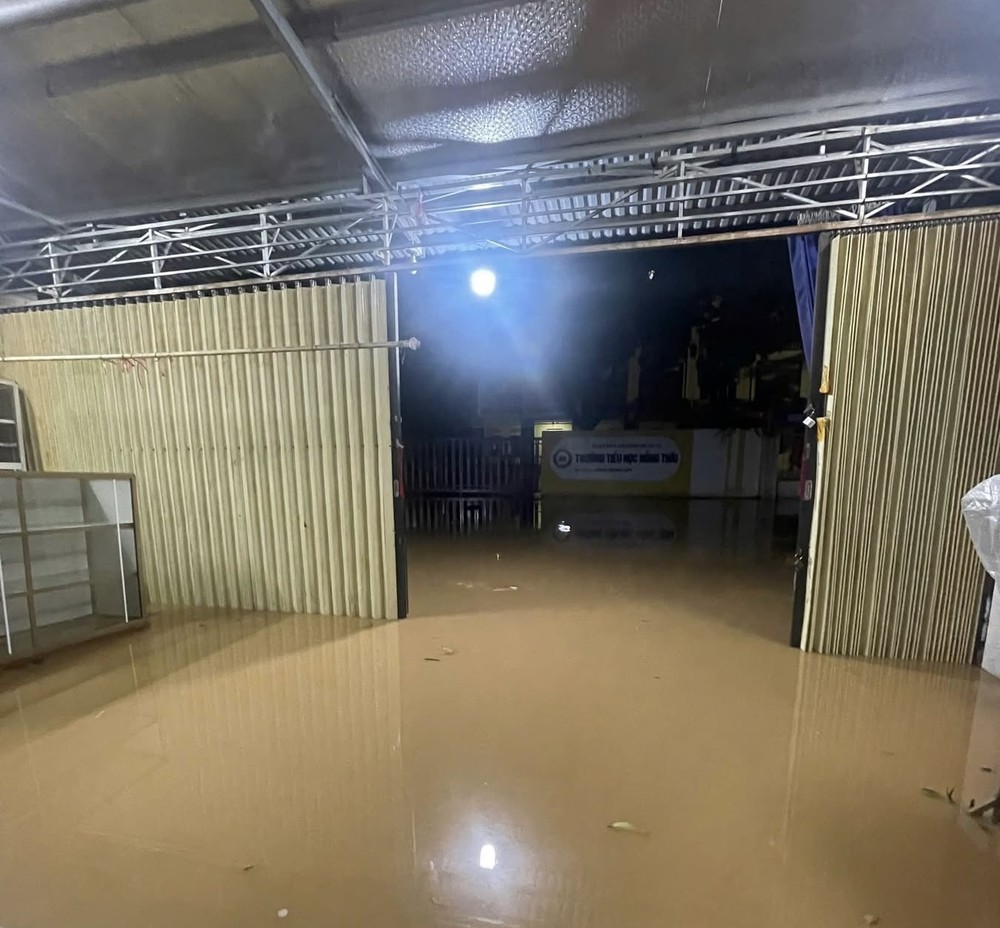
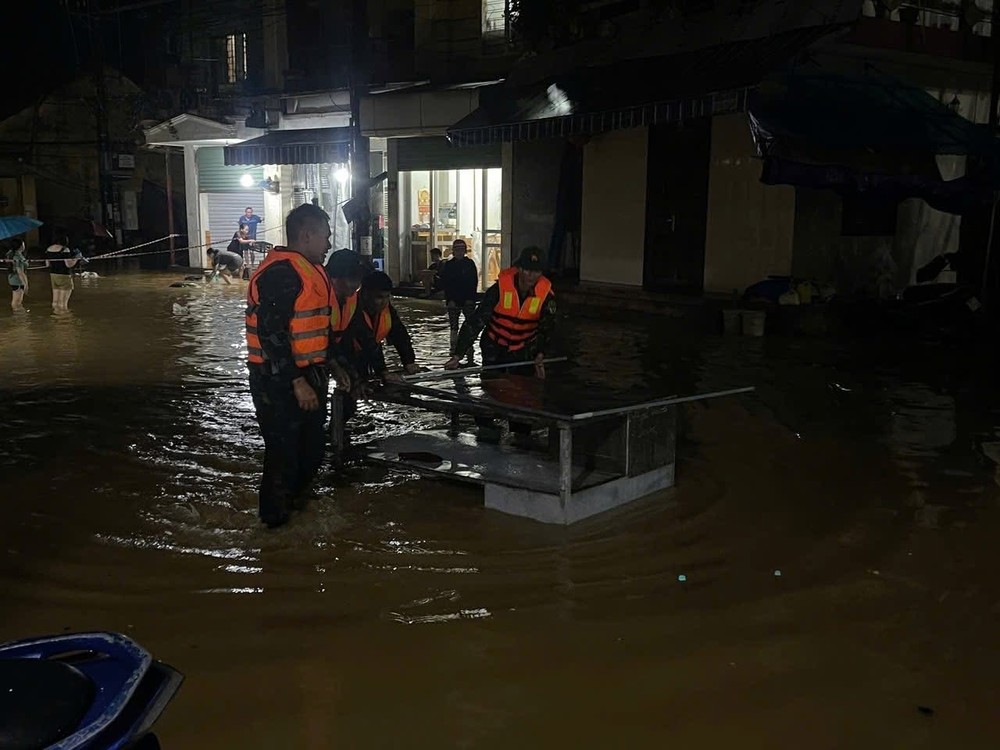
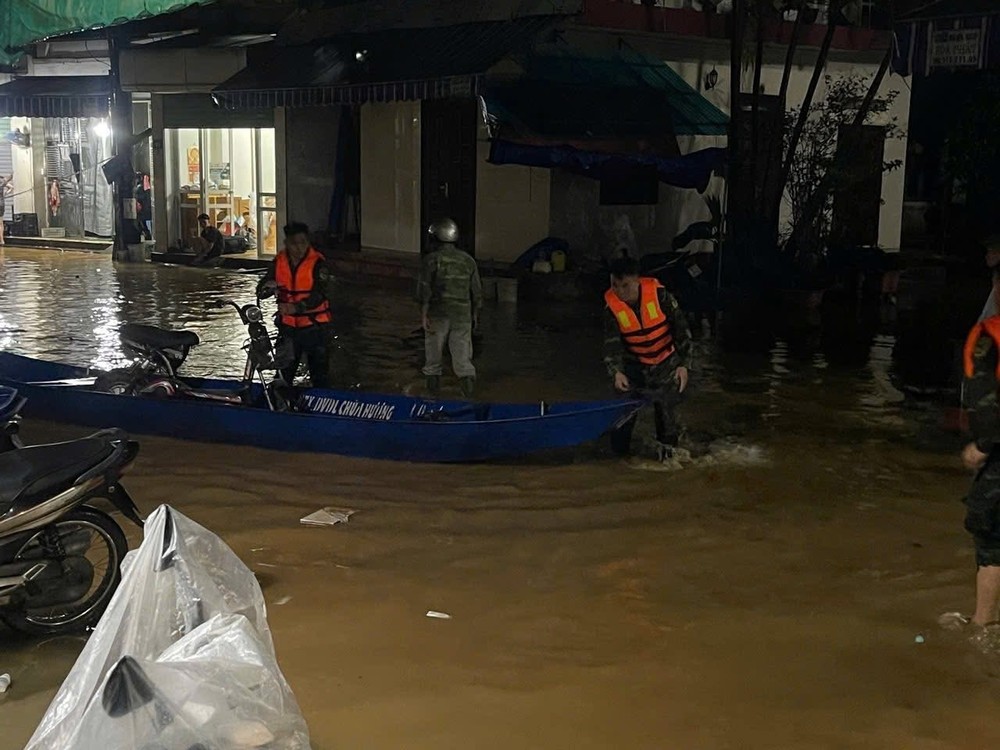
By early morning, the water level of the Red River in Yen Bai had already surpassed Alarm Level 3, inundating low-lying riverside streets, such as Thanh Nien, Yet Kieu, and Hoang Hoa Tham. Since midnight, roads had been submerged, and floodwaters had poured into homes. In other parts of Lao Cai, including Co Phuc and Bac Ha, heavy rainfall also triggered sleepless nights for local residents worried about flooded crops and damaged orchards.
Local authorities have urgently issued directives to evacuate households living near the riverbanks. Overnight, emergency responders deployed motorboats to help residents move their belongings and relocate to safer areas.
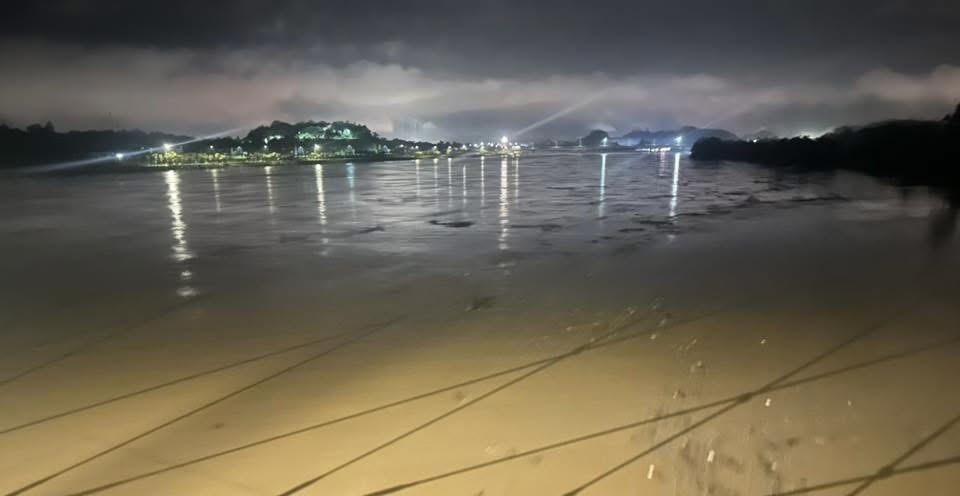
At dawn on August 27, the National Center for Hydro-Meteorological Forecasting issued an emergency bulletin, warning that floodwaters on the Thao River (a section of the Red River) in Yen Bai could rise another 0.4 meters above Alarm Level 3 within the next 3 to 6 hours before receding gradually.
At the same time, water levels on other rivers — including the Luc Nam, Hoang Long, Ma, and Ca, which flow through Bac Ninh, Ninh Binh, Thanh Hoa, and Nghe An provinces — were also climbing rapidly. Meteorologists have classified the flood disaster risk at Level 3, warning of heightened threats of landslides, inundation, and serious traffic disruptions across multiple regions.
The Department of Dyke Management and Disaster Prevention under the Ministry of Agriculture and Environment announced on the morning of August 27 that heavy rainfall was continuing in many Northern provinces, including Lao Cai and Thanh Hoa. Rainfall recorded from the night of August 26 to early August 27 reached over 150 millimeters in some areas, placing intense pressure on urban drainage systems and river dikes.
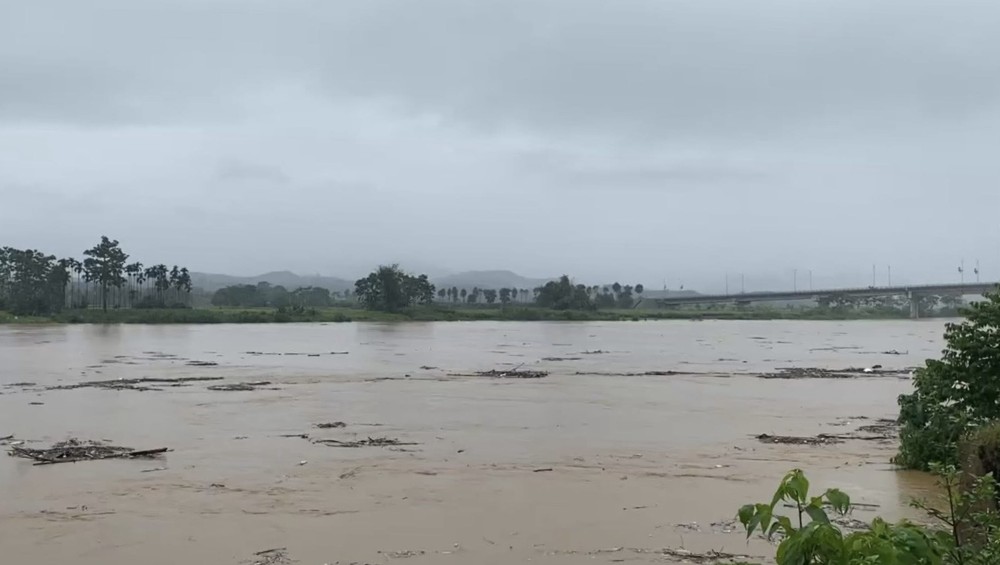
Over the next 24 to 48 hours, moderate to heavy rains — with localized torrential downpours — are forecast to continue across the Northern midlands, the Red River Delta, and coastal areas, as well as in Son La, Lao Cai, and Thanh Hoa.
Mr. Nguyen Xuan Hien, Deputy Director of the National Center for Hydro-Meteorological Forecasting, warned that the heaviest rains are now concentrated over the Northern midlands and Red River Delta, and the situation may persist until the end of August. The downpours are being driven by the combined effects of storm No. 5’s circulation and a strong southeasterly monsoon stretching from the surface up to 5,000 meters.
Meanwhile, international meteorological agencies have projected that on August 27, a new low-pressure system could form East of the Philippines and move into the East Sea, with a high likelihood of developing into a tropical depression. This means weather conditions in Northern Vietnam and offshore areas are expected to remain volatile and unpredictable.

